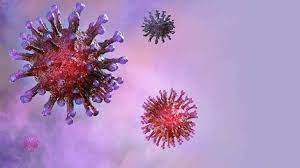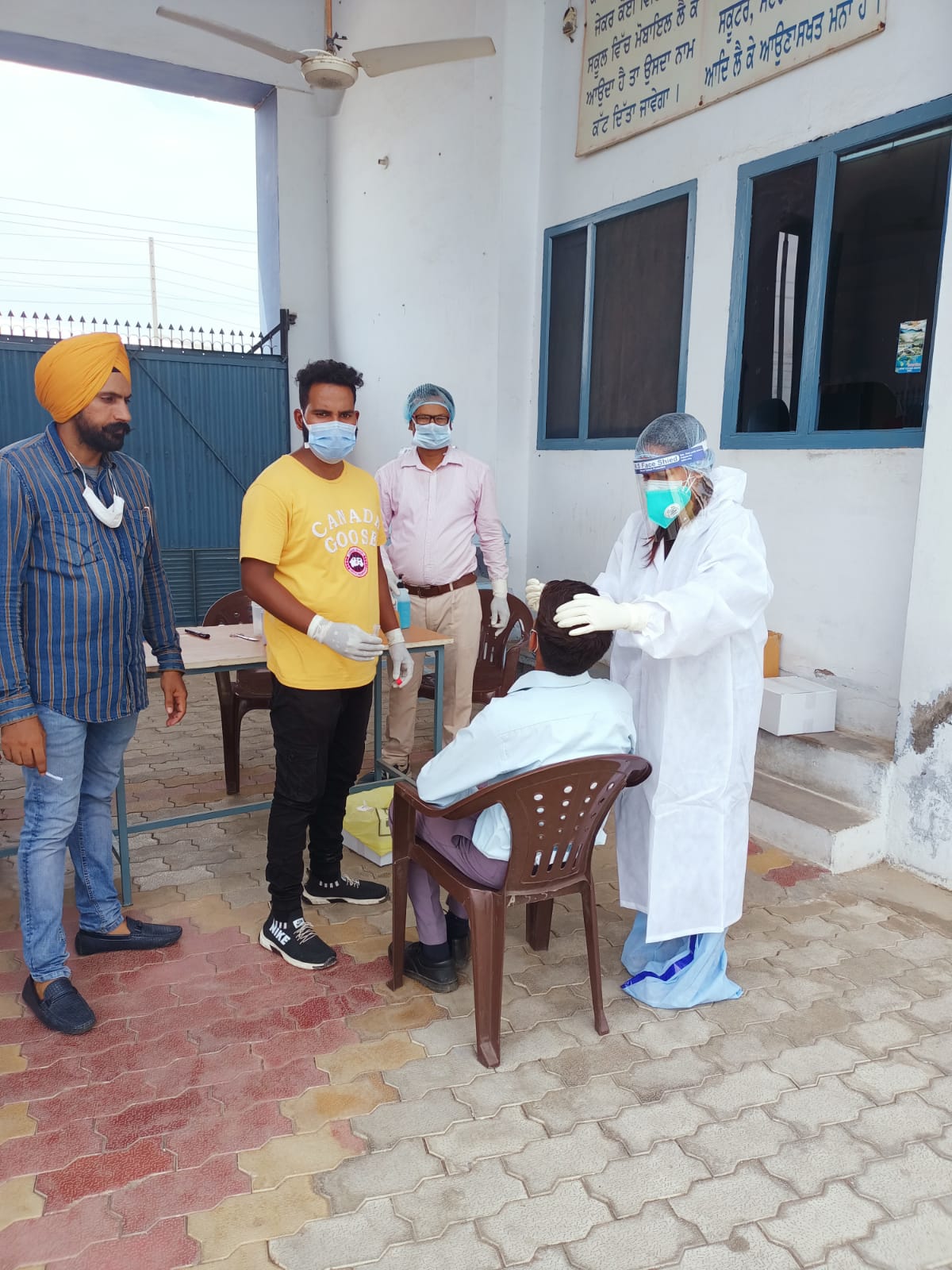Plant Paddy Nursery after May 20, Paddy after June 20
Bathinda-In order to arrest the depleting ground water, Punjab government has directed all the farmers to ensure that paddy nursery is planted after May 20 and paddy is planted after June 20. Giving this information here today the Chief Agriculture Officer Guraditta Singh stated that the Punjab government has issued notification in this context.
Issuing advisory for paddy cultivators, Guraditta Singh suggested farmers to select paddy varieties that ripen faster and produce lesser stubble thereby making it easier to manage paddy stubble. As per the orders of National Green Tribunal (NGT), burning of paddy stubble has been strictly prohibited. He called upon farmers to strictly refrain from using non-recommended varieties as selling crop of such varieties become difficult and cost of cultivation too rises.

Singh stated that farmers should use PR 127 variety in areas that have good water quality. This variety takes 137 days to mature and is resistant to diseases. Similarly, PR 126 variety takes 123 days to ripen. Its nursery should be planted in 25 to 30 days and the PR 126 variety is also apt for direct sowing. Similarly, PR 124 variety takes 135 days to mature, PR 121 takes 140 days, PR 123 takes 143 days and PR 122 takes 147 days to mature. He added that all these varieties are also disease resistant. Similarly, basmati 1637 variety is also good enough that matures in 138 days.
He added that on the other hand the non-recommended varieties take 156 to 160 days to mature, which means more expenses and more water needed for irrigation. Besides this PUSA 44 and yellow PUSA varieties should not be used at all. These varieties consume more water, require more input cost and are more vulnerable to diseases.











